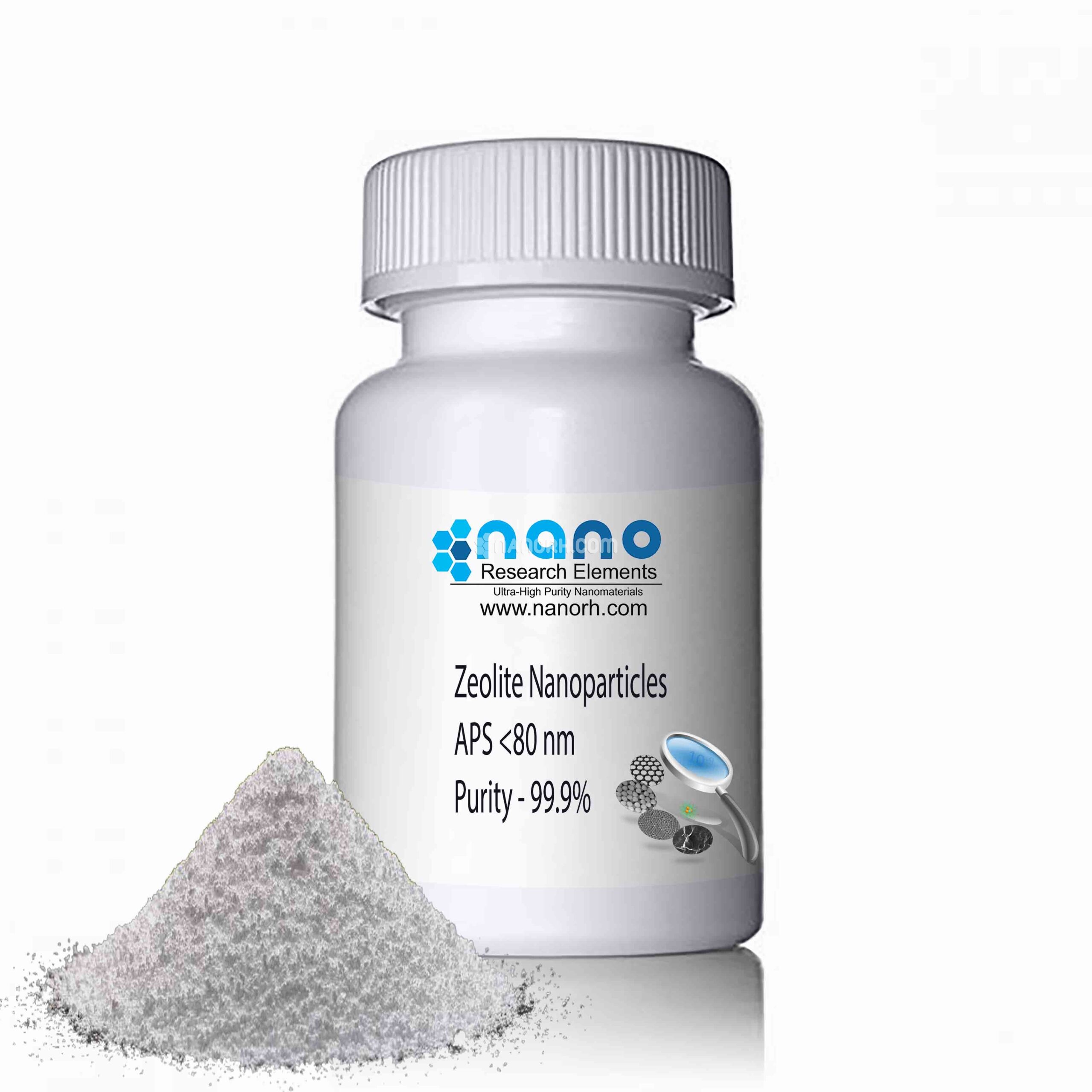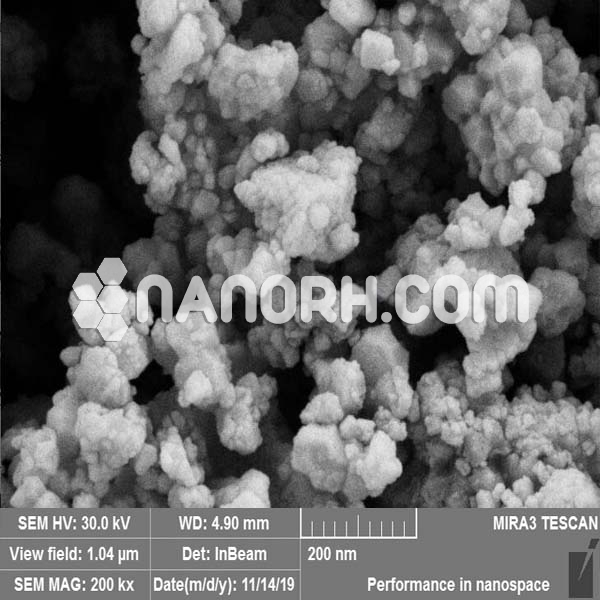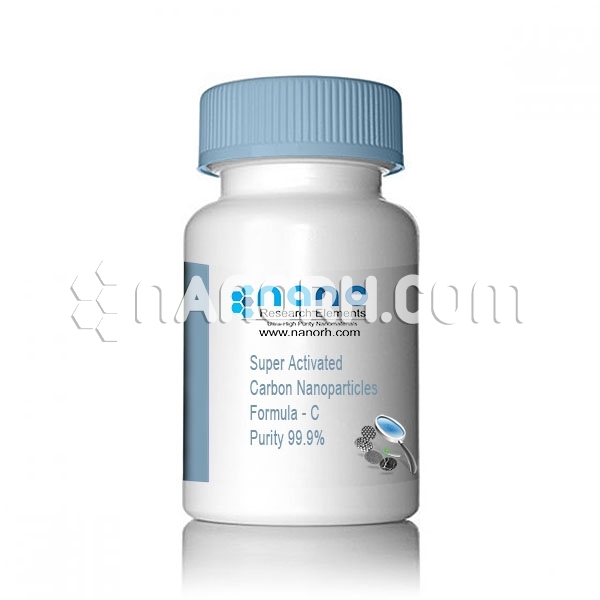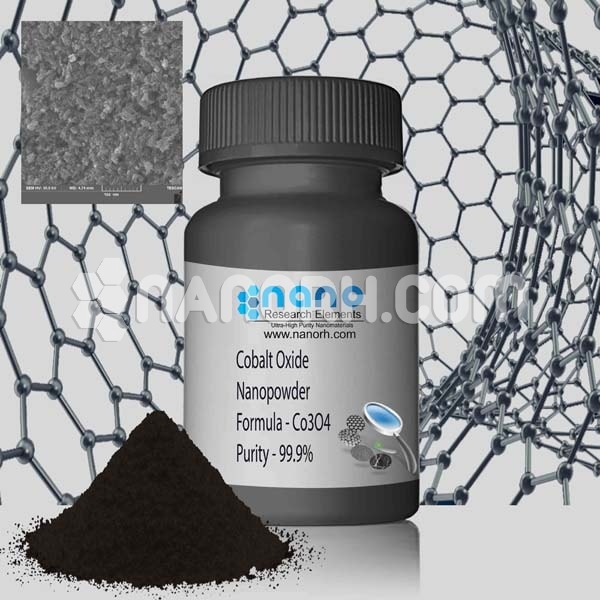| Zeolite Nanoparticles | |
| Product No | NRE-6033 |
| CAS No. | 1318-02-1 |
| Formula | Na2Al2Si2O8⋅xH2O |
| APS | <100nm (Can be Customized) |
| Purity | 99.9% |
| Color | light gray white |
| Molecular Weight | 676.042256 g/mol |
| Density | (Bulk):1.18 g/cc |
| Melting Point | NA |
| Boiling Point | NA |
Zeolite Nanoparticles
From the platforms of zeolite particles in the field of biomaterials engineering, as well as the number of scientific publications based on the biocompatibility of zeolite nanoparticles, it is worth appreciating the methods for evaluating cytotoxicity and biocompatibility that are crucial steps before any clinical intervention. Despite recent advances in production methods, functionalization and biomedical applications of zeolite nanoparticles, the exact mechanism of their toxicity still remains unclear. In view of their benefits in various biomedical applications, it seems necessary to evaluate the cellular toxicity of these molecular sieves. Compared to other mesoporous NPs, few studies report the physiological toxicity of Zeolite Nanoparticles. In particular, it appears that the biosafety of these porous materials is affected by some of the structural characteristics including, but not limited to, outer surface, pore size, surface charge, functional groups and crystallinity. In the recent literature, some researchers have expressed concern about the cytotoxic effects of Zeolite Nanoparticles on a multitude of cell lines that are still little studied. To this end, a series of 150 different nanozeolites with different shapes, sizes, dosages and surface compositions were synthesized and, through an in vitro investigation, their dose/time-dependent/independent cytotoxicity was quantitatively and quantitatively determined against carcinoma cells. Qualitatively evaluated through the exploration of cell death due to necrosis or apoptosis. The main conclusion of their experiments emphasized the non-toxicity of “pure silica-1 nanozeolite” with spherical morphology, whereas the toxicity of other alumina-containing nanozeolites was not linearly related to the alumina content. In addition, nanozeolites with cubic morphology were more toxic to HeLa cells than those with spherical morphology.




